Learn about gentle, effective ways to handle toddler tantrums in 1-year-olds. These baby frustration hacks will help you manage emotional meltdowns and help your little one develop as they grow!
It can be surprising to watch your baby have their first-ever tantrum — and that’s often especially true if this milestone happens before you feel that it “should.” So it’s no wonder that so many parents are shocked and bewildered when their sweet little babies are expressing themselves so LOUDLY and with tears and appalled-frown-faces and kicking, before they have even passed that significant milestone of turning one year old. The good news? These early glimpses of emotional range are normal developmental signs, and you can survive the frustration with baby frustration tips for new parents.
Decoding Early Tantrums : What’s Really Going On?
And before we get to the solutions, let’s first understand what’s happening in your developing baby’s brain. That tantrum by a 1-year-old isn’t manipulation; it’s communication.
One Origin of Baby Frustration
For 9-12 month olds, a number of factors combine :
- Growing independence : They are coming to understand that they are not you.
- Language-limited : They comprehend more than they are able to express.
- New mobility : Can move towards wishes but not in synchrony.
- Emergent likes : Developing specific tastes for and dis-tastes against some things.
It’s the perfect recipe for frustration, when all of that happens. Your infant has wants, and your infant has needs to be expressed, but by this age also no voice to reason, or launch the C/A (calling/autoimmune) effort to be felt, vocally, in the here and now with words.
Tantrum Timeline Sooner Than You Think
Most parenting manuals focus on the so-called “terrible twos,” but at least one study suggests frustration behaviors can emerge far earlier :
- 6-9 months : Initial frustration (pushing out)
- 9-12 months : Brief crying when needs are not met
- 12-15 months : Stages more organized protests such as arching, throws down, exaggerated reactions
Having the context that early tantrums in babies are completely normal helps, and makes it easier to meet them with empathy instead of frustration.

Peaceful Intervening with Toddler Tantrums
The Baby Frustration Tip: Handle it with care and consistency. We are going to be exploring some real life tools that will honor your babies feelings, but also TEACH him/her emotional regulation.
Prevention : Your Primary Goal
The best way to handle tantrums is to try to have them less often in the first place with these baby frustration tips :
Maintain consistent routines
- Keep meal, nap and bedtime routines
- Giving warnings before transitions: “In two minutes we are going to take a bath.”
Offer limited, manageable choices
- “Are you choosing the red cup or the blue one?
- Maximum 2 items for children at early toddler.
Create a “yes” environment
- Idiot proof the house so you’re not constantly saying no
- If possible, park any contraband out of sight.
Pay attention to hunger and fatigue signals
- Keep an eye on their appetite and tiredness levels
- It can be timed according to nap schedules
In-the-Moment Responses That Actually Work
If your 1-year-old does get into a rage and the prevention fails, try these gentle approaches :
Stay calm and connected
- Get down to your baby’s level
- Speak quietly, in a soothing voice, even if they are shrieking.
- And remember: your relaxation helps them find their relaxation.
Name and validate feelings
- “It looks like you’re getting upset because the tower of blocks just fell.
- “You’re mad because we had to get off the playground,” he said.
Offer physical comfort (if accepted)
- For some babies it may be necessary to hold them down (yes, you will be on the floor “jousting” with the child with a leg and arm frothing around) during the tantrums.
- Others need space—respect their preference
- A little pat on the back if they will not accept full hugs
Use distraction strategically
- Channel it towards a favoritism toy or activity
- Just change the environment (i.e. rooms).
- Start singing a favorite song
Raising an Emotionally Intelligent Child : Toddler Tantrums
It’s tough, but in these early outbursts, you have teaching moments you can use to create a lifelong, emotionally healthy kid.
Teaching Through Tantrums
With each meltdown, you get another chance to teach your little one emotional language:aby’s emotional vocabulary :
- Label emotions as they happen
- If except for the quiet period, read on feelings
- Hand are few symbol of common emotions, that’s the language barrier.
Creating a Safe Emotional Environment
Your infant will learn about emotional safety from how you respond to these early tantrums :
- Don’t be mad at feelings – You’re allowed to feel frustration or anger
- No shaming – Emotions are not “misbehavior”
- Show what it means to express how one is feeling healthily – “I can get angry sometimes. This is what I do…”
When to Seek Additional Support
And while the occasional soul-crushing tantrum from a 1-year-old is par for the course, there are also patterns that could be problematic and that you might want to consider contacting a professional for.
Red Flags Beyond Developmental Norms
If that’s unclear, you may want to consult your pediatrician :
- His freak outs are daily and almost always over 25 minutes long uninterrupted.
- And your child somehow always gets hurt in those fits
- (with all), (1) losing the war (5-10+ tantrums/day).
- And there is nothing that you can do to get your little one to settle!
- You just never, “never stop feeling suffocated by this.”
Conclusion
Your baby’s first tantrums? Oh yes, it could happen! And what to do with them is a matter of patience, consistency and empathy. And, in case you need reassurance, as you get through these frustration tips for babies, remind yourself that you are not just moving through this difficult time in their life, you’re teaching them those oh-so-crucial emotional regulation skills that they take with them in life beyond this phase! Feel in control Remember: Empathic response is not permissive; it means understanding and having boundaries. And most of all, be kind to yourself as you navigate this experience — you’re learning, just like your baby is.
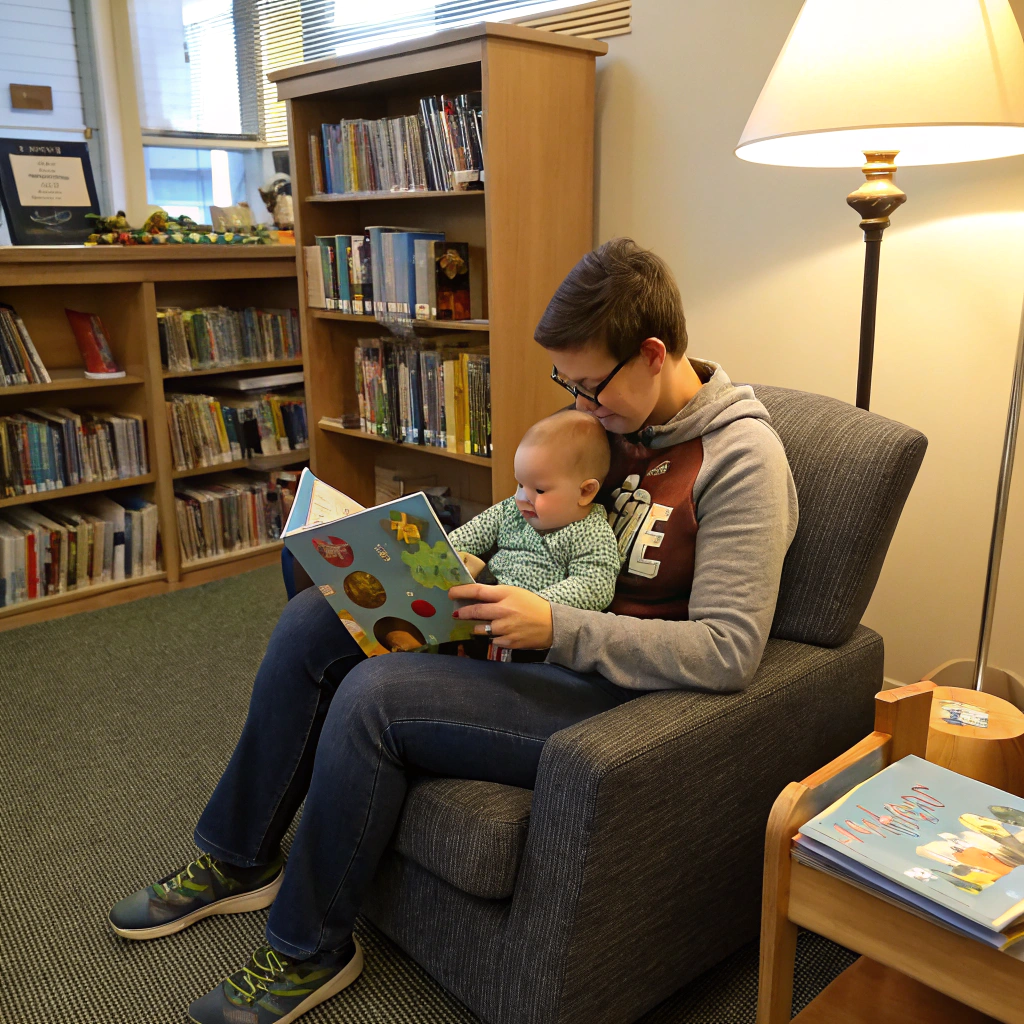
Frequently Asked Questions
When do babies start to have tantrums?
You may see tantrum-like outbursts as early as 6-9 months, and full-blown tantrums probably come by 12-15 months. Steady states: The development of early infant frustration..
How long does a 1-year-old tantrum last?
Temper tantrums of 1 year olds generally range form 1-5 minutes. Get a pediatrician’s check If tantrums are consistently lasting for more than half an hour.
Is it ever O.K. to ignore my baby’s tantrum?
“Ignoring is effective for some lower-level attention-seeking behaviors, but ignoring the five second mark of a tantrum is a lost opportunity to teach a skill like learning to regulate your own emotions,” Dr. Koester said. Rather, be there at the time, with not too much rewarding of the behavior.
How can I tell if this is just a fit or he is truly in distress?
Ensure there is no pinning thirst, weariness, or uneasiness. If your child’s tantrums are reasonable, they’re not tantrums.
Is there even any use in trying to reason with my 1-year-old when she’s in the throes of a temper tantrum?
No, sanity in the face of the tantrum is not enough. The thinking, reasoning part of a 1-year-old’s brain is pretty much “offline” when the emotions run so high. First, let’s connect, and calm.
How can I support my baby in expressing themselves before he or she blows up into a tantrum?
Consider beginning to teach very simple sign language related to basic needs (e.g., “more,” “all gone,” “help”). Respond to your baby’s attempts to communicate with you and chat about everyday things to help widen his vocabulary.
Are tantrums a sign that there is something wrong with that child, or the way he was brought up?
No Early tantrums are a developmental stage, not an indicator of parenting style. It’s a signal that your baby is becoming her own person and learning about how to manage emotions.
Why does it seem like my baby tantrums more with me than other people?
Babies feel safest releasing big emotions with their “safe keeper”( you and partner). In fact, saving their biggest feelings for you is a sign of healthy attachment.
How can you tell the difference between a tantrum and a meltdown?
Tantrums are “classic” due to the request the demand which request was not granted and contain a power issue. Meltdowns happen when a person is overwhelmed by sensory input or demands he can’t regulate.
How do I get my baby to sleep and not have a melt down?
Enforce a regular sleep routine, monitor a calm sleeping space, and investigate gentle techniques (rather than cry-it-out methods) like controlled crying.
Collapsible head: My baby tends to hit himself during tantrums, is it a concern? Early tantrum hitting is common, but needs to be consistently addressed. Gently take their hands and say “I’m not going to let you hit. Hitting hurts.” Then you get sub options to represent emotions.
How do I reconnect with my baby after a rage?
By all means comfort them about their tantrum – just keep it short. There were small comments like, “That hurt. I’m here,’” and then returning to business as normal, can go a long way to helping reestablish that connection.
How to Reconnect With Your Child After a Tantrum
Use the “comfort after the tantrum” strategy with a child, but make it brief. Simple statements like “That was difficult. I’m here,’’ along with the hard work of living, help re knit connection.
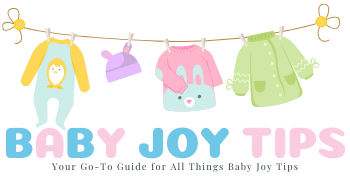
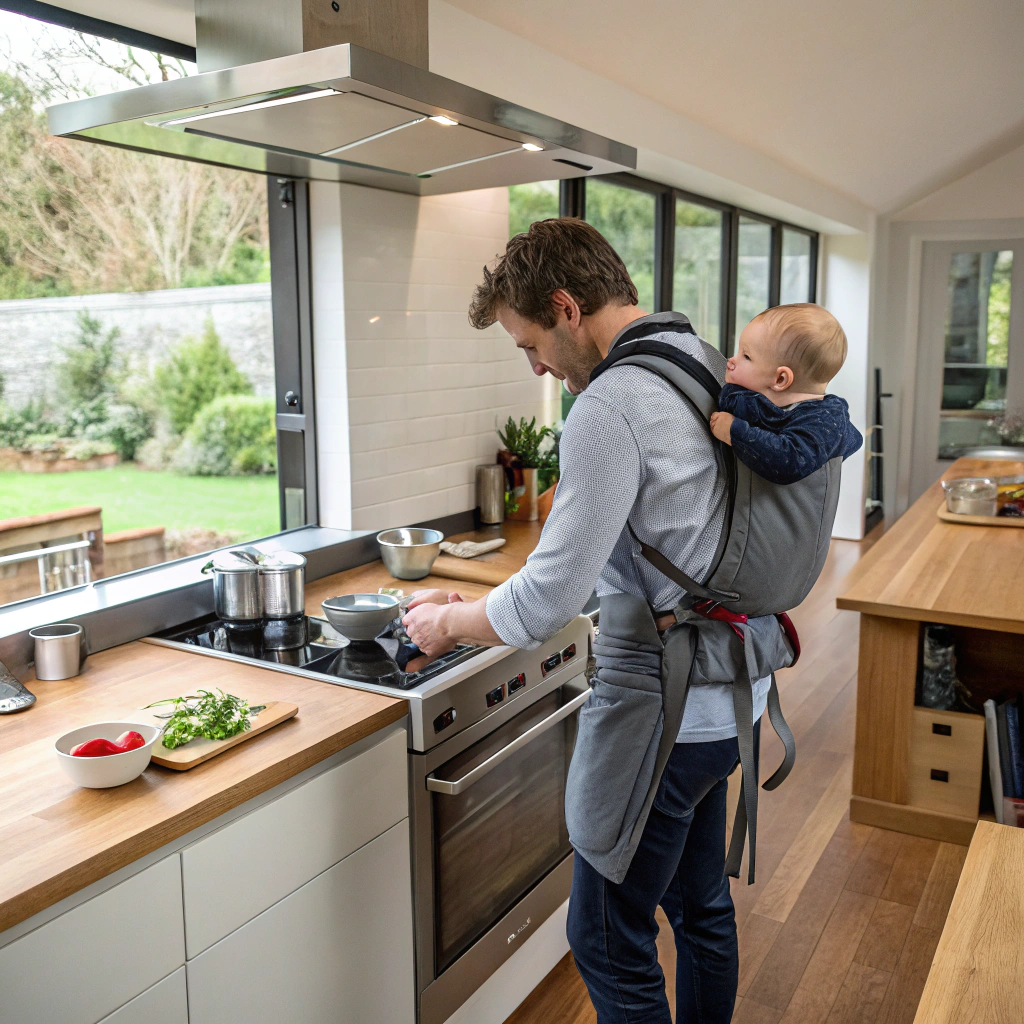

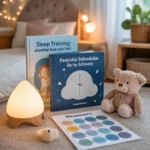
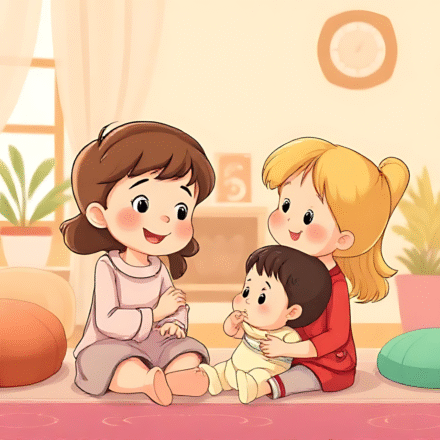
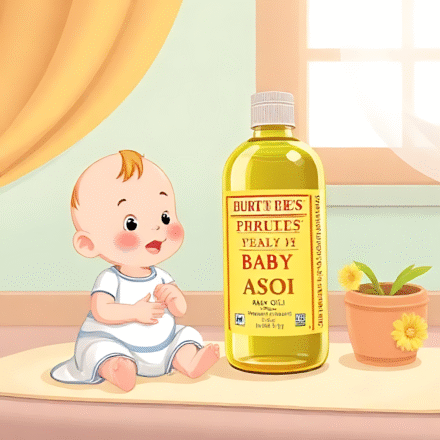


Leave a Comment